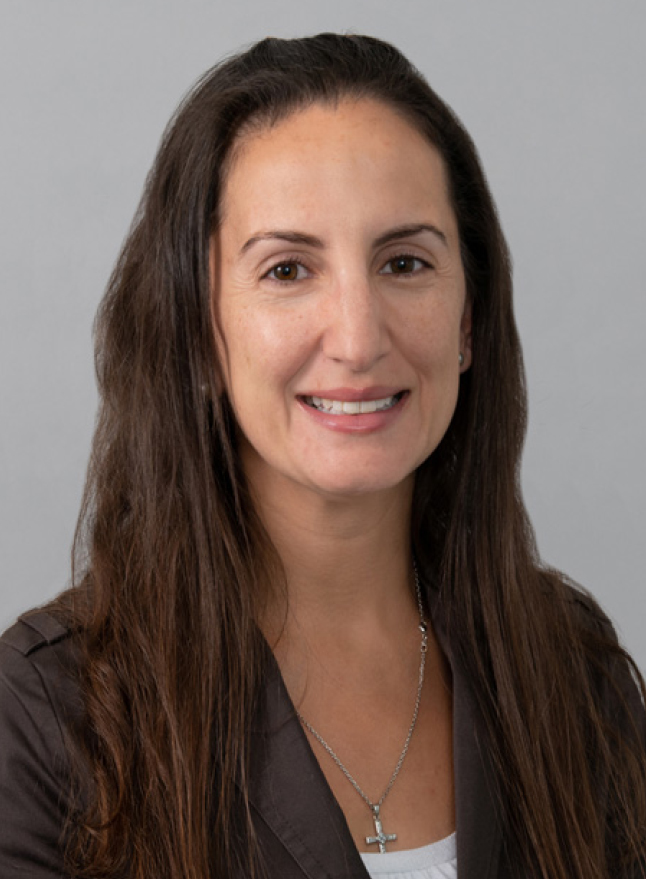Industrial Deafness claims: Impairment from subsequent hearing loss can be excluded in certain circumstances
- Newsletter Article
- Published 16.03.2023

Mills v Canopus Corporation Australia Pty Ltd (NSWPICMP 2023)
Key Takeaways
Where a worker sustains discreet adverse pathology due to noise exposure not covered by s17 after a prior deemed date of injury, that impairment can be excluded from the worker’s overall impairment.
An assessor should not use a time weighted method to calculate what impairment was sustained before and after the deemed date of injury, unless the volume and type of noise was the same before and after that date.
Brief Facts
The worker was employed as a farmer between 2001 and 2002, where he was exposed to hazardous noise levels. The last date of employment was 1 January 2002.
Subsequent to that employment the worker was self-employed as a handyman and undertook activities on farms where he was again exposed to hazardous noise.
The worker made a claim for lump sum compensation. The deemed date of injury was 1 January 2002. There was no issue that the worker suffered from industrial deafness and his employer was the last noisy employer. In issue was the degree of impairment and what level of impairment could be excluded for the worker’s exposure to loud noise as a self-employed handyman.
Dr Williams, MA, was appointed by the Personal Injury Commission (PIC) and assessed 8% WPI. The worker lodged an appeal.
The worker submitted that the MA was in error for failing to include impairment due to hearing loss sustained after 1 January 2002 in the assessment because:
- the effect of s17 of the Workers Compensation Act 1987 was that all hearing loss was deemed to have occurred on the date of injury.
- The noise exposure prior to 1 January 2002 materially contributed to the worker’s total hearing loss from noise exposure throughout his working life.
- It was not open to the MA to adopt a ‘time weighted’ assessment.
The PIC appointed a Medical Appeal Panel (MAP) to determine the issues.
Judgment
The MAP rejected the worker’s argument that all hearing loss was deemed to have occurred at the date of injury, being 1 January 2002. The MAP concluded that the further damage to the worker’s cochleas sustained in self-employment not covered by s17 after 1 January 2002, could be excluded when assessing the level of WPI.
This was because the damage sustained after 1 January 2002, was discrete damage to the cochleas due to further noise exposure after 1 January 2002. It was found that the MA was correct to exclude the impairment caused by exposure to hazardous noise after 1 January 2002.
The MAP determined however that the MA erred in using a time weighted assessment to determine what proportion of impairment was sustained before and after 1 January 2002. This method would only be appropriate if the volume and type of noise to which the worker was exposed was the same before and after that date. The evidence available was insufficient to justify the use of such a method.
The worker was re-examined, which resulted in a final assessment of 11% WPI. This assessment included a discount of 20% of the impairment which was likely due to damage to the worker’s cochleas incurred after 1 January 2002.
Implications
If a worker sustains hearing loss after a date of injury deemed by s17 due to noise exposure outside of the bounds of s17, the further impairment can be excluded if a new discreet pathology (like damages to cochleas) was caused by post injury employment. However, where pathology is indivisibly linked to the totality of a worker’s hearing loss, no proportion of the impairment can be excluded from the assessment.
An IME should be requested to specify how the further hearing loss can be distinguished from the loss present as at the deemed date of injury. Further, a time weighted method is only appropriate when the noise exposure before and after a date of injury was the same.
